House of Music’s undulating roof by Sou Fujimoto evokes tree canopy
Architect Sou Fuijimoto and Liget Budapest Project reveal the House of Music in Hungary, a striking cultural landmark with a nature-inspired roof

Palkó György - Photography
The highly anticipated House of Music in Hungary has opened its doors. The new, leading European cultural venue, designed by the renowned Japanese architecture studio of 2022 Wallpaper* Design Awards judge Sou Fujimoto, not only represents a striking new landmark for the country, but it also is the architect’s very first completed, permanent, new-build in the continent. Dedicated to music in Budapest and built as part of the Liget Budapest Project, the House of Music is now ‘Europe’s largest and most ambitious, multiple award-winning urban cultural development’, say its creators; and it’s opening its doors to the public today (23 January 2022).
The structure is clearly defined by its distinctive, undulating roof. Far from being just an aesthetic decision or an architectural whim, this element is carefully designed to host a range of interactive musical experiences. Located within Budapest’s green City Park, the venue’s volume formation references trees and the natural canopy of foliage and forests. A glass façade – reaching a soaring 12m high in places – mirrors the verdant surroundings and makes for a light presence that directs the eye upwards, towards the ceiling. There, ‘30,000 decorative tree leaves [are] set in the suspended ceiling and secured in place by a steel structure made out of 1,000 honeycomb-shaped elements’.
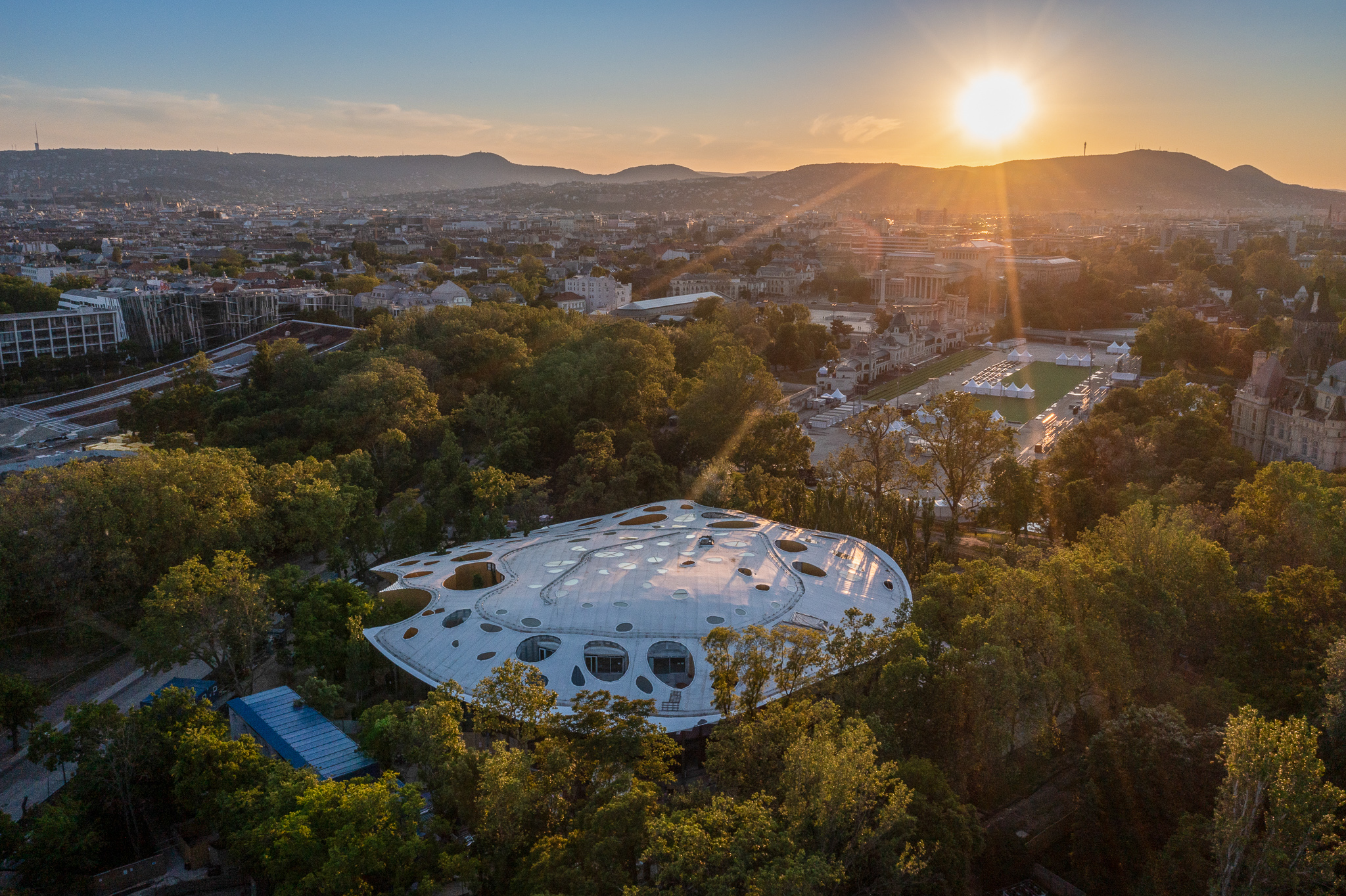
Inside, concert halls (featuring cutting-edge aural design by Nagata Acoustics, the studio behind similar centres such as the Walt Disney Concert Hall, Los Angeles, and Elbphilharmonie, Hamburg) and music venues of different scales and types are complemented by exhibition space that is planned to tell stories around the history of European music (the first foray into the field will showcase the history of Hungarian pop music from 1957 to 1993). Three interior levels provide ample opportunity to celebrate music in various forms – from the lower ground display areas, to the ground floor performance spaces and finally, that roof, inside which music playing meets education in state-of-the-art learning facilities.
A range of renewable energy strategies, such as geothermal sources, create strong eco credentials for the new House of Music, which was designed around respectful, sustainable architecture principles. Some 100 holes of various sizes perforate the roof, connecting this building to its natural surroundings in more ways than one, allowing air and light to enter the building and filter through to the ground floor in a pleasant, semi-open architectural arrangement.
‘We were enchanted by the multitude of trees in the City Park and inspired by the space created by them. Whilst the thick and rich canopy covers and protects its surroundings, it also allows the sun’s rays to reach the ground. I envisaged the open floor plan, where boundaries between inside and outside blur, as a continuation of the natural environment,’ says Sou Fujimoto.
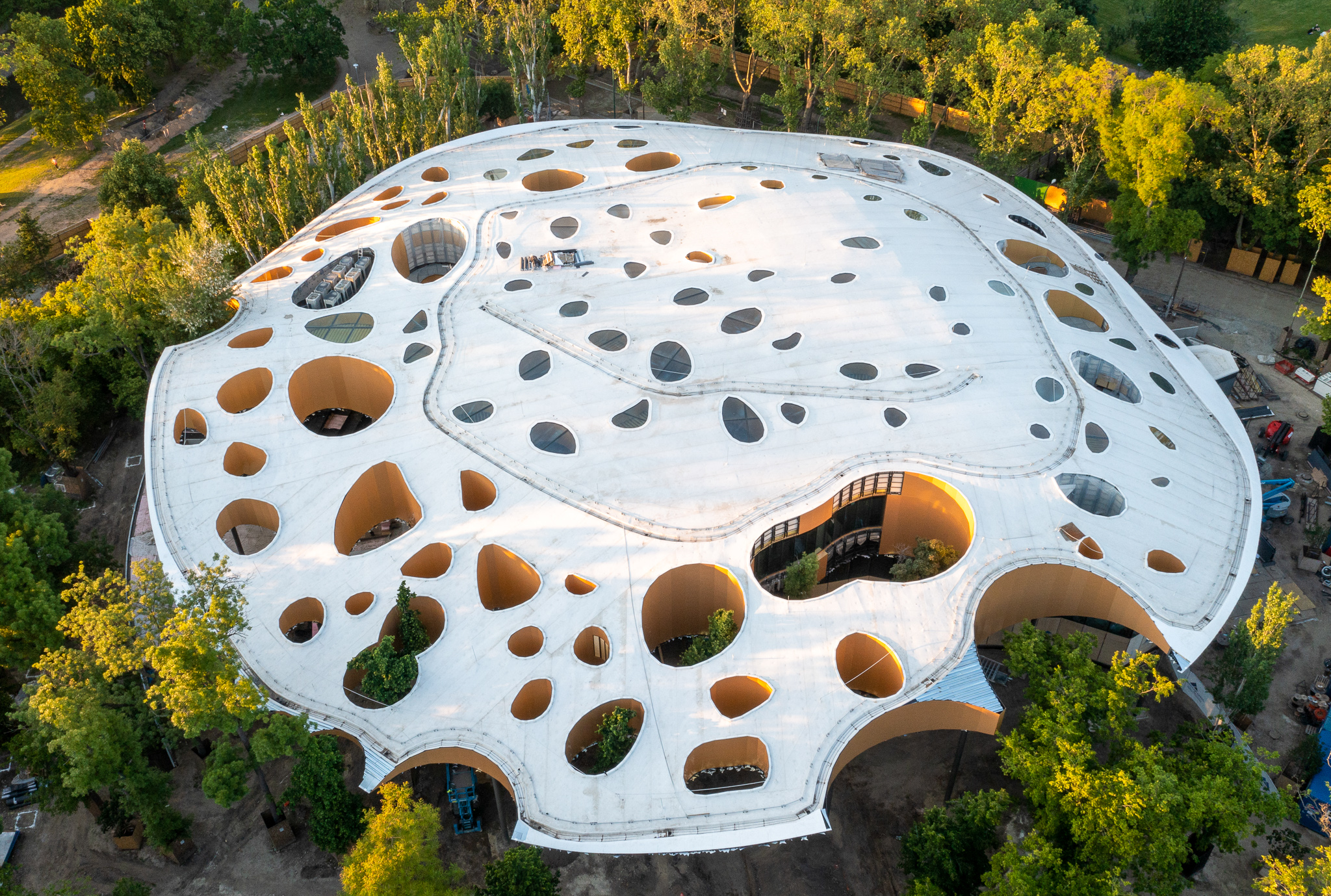
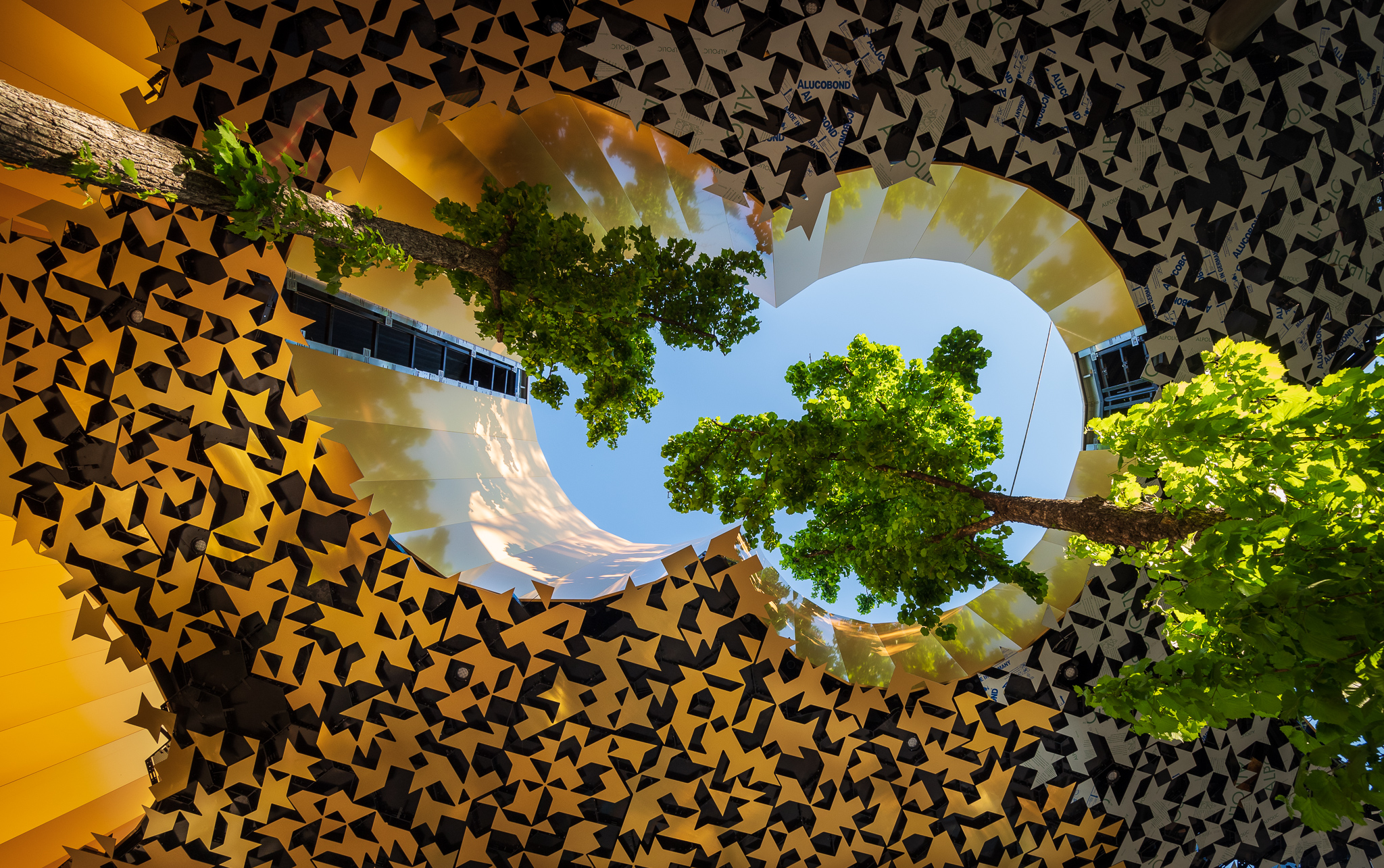
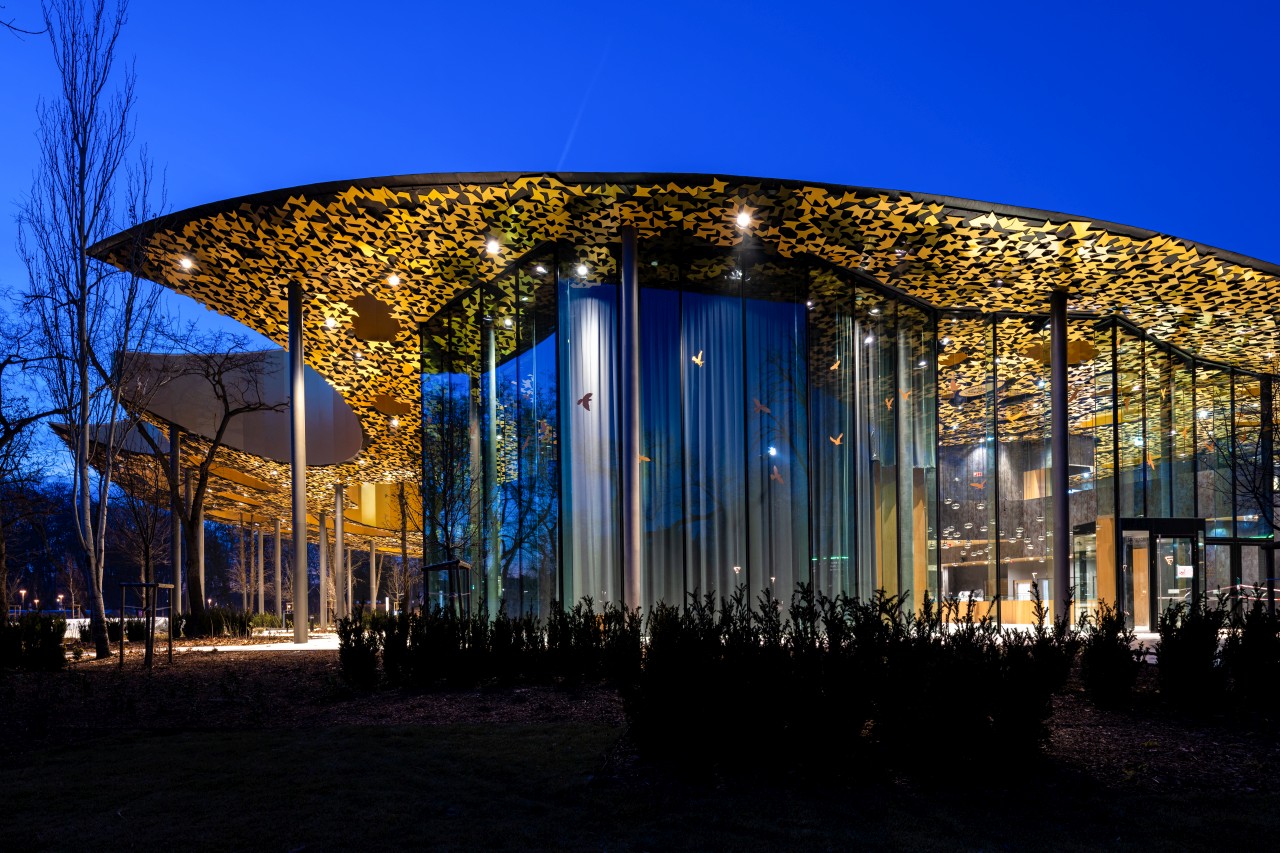
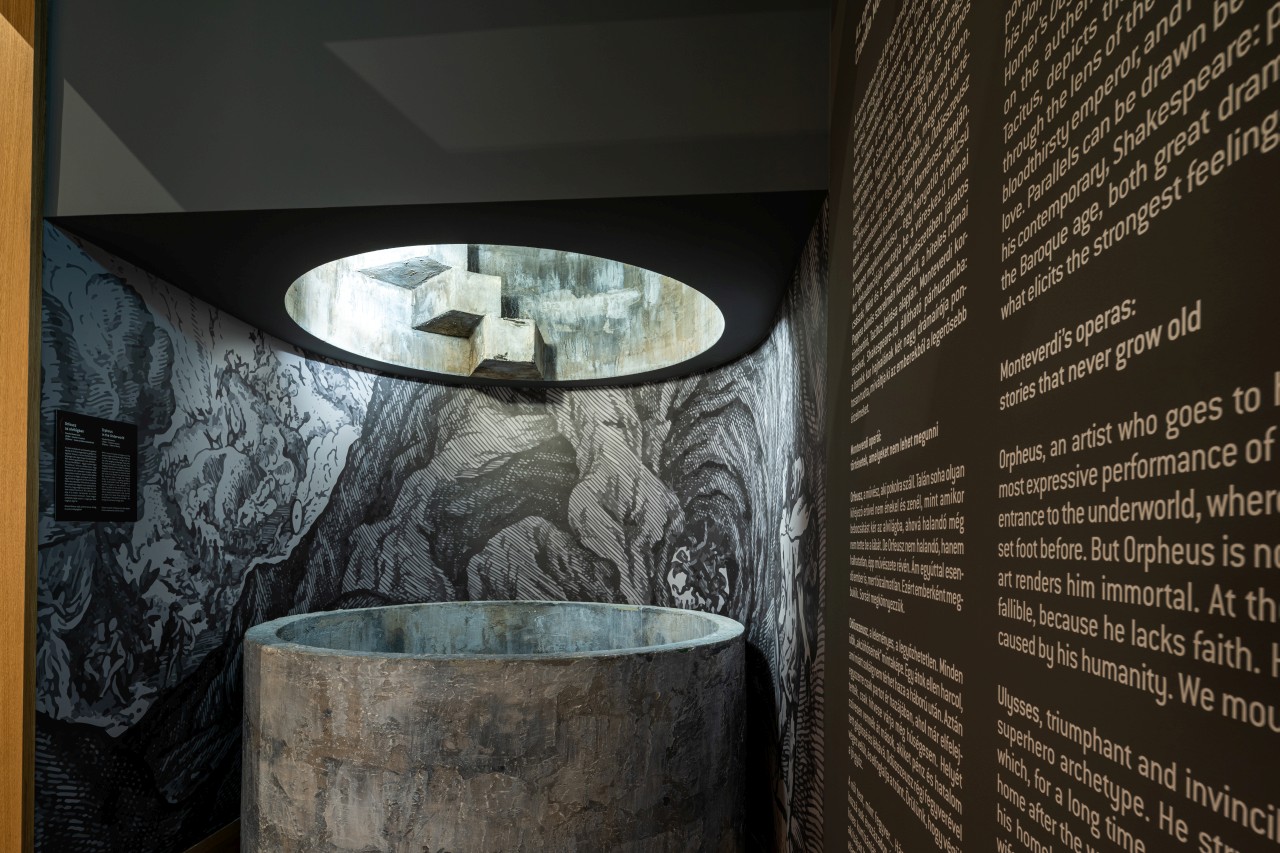
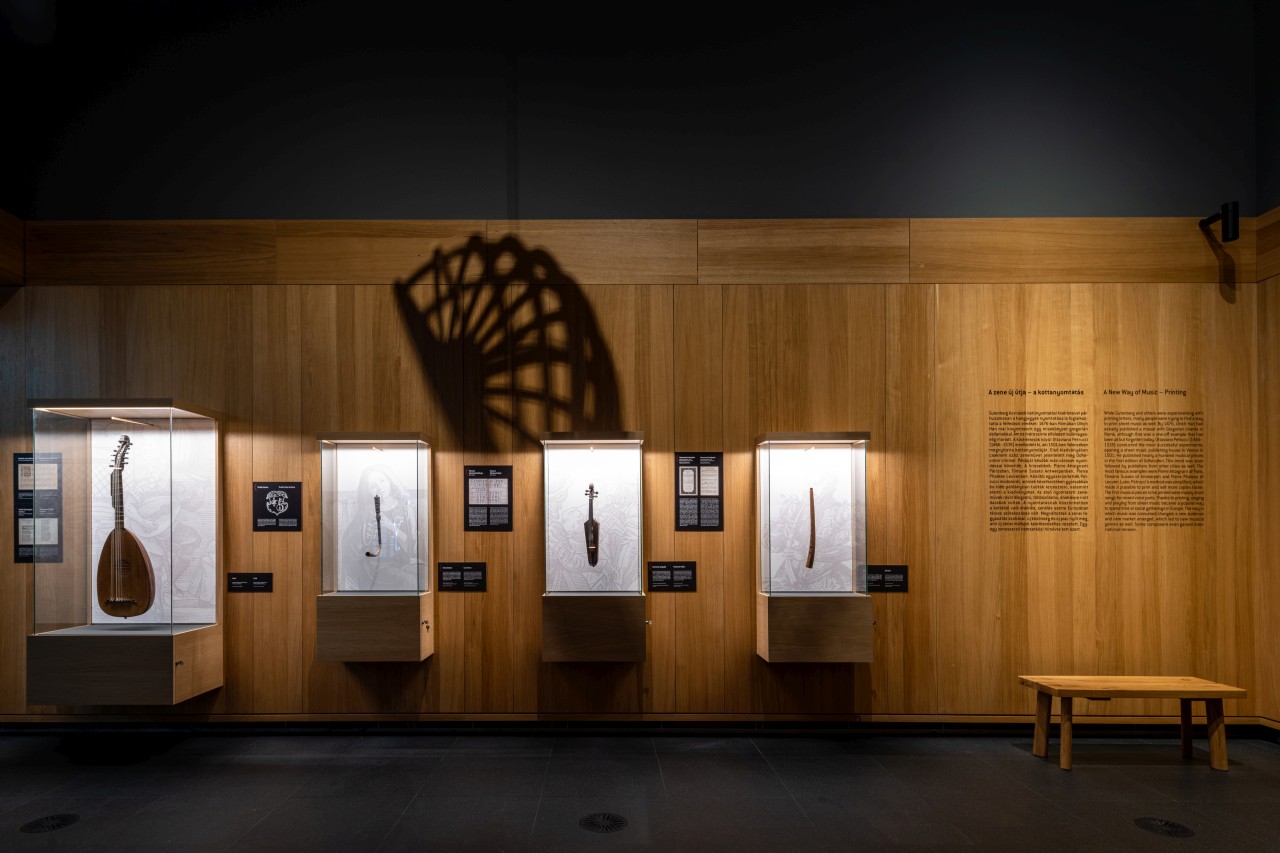
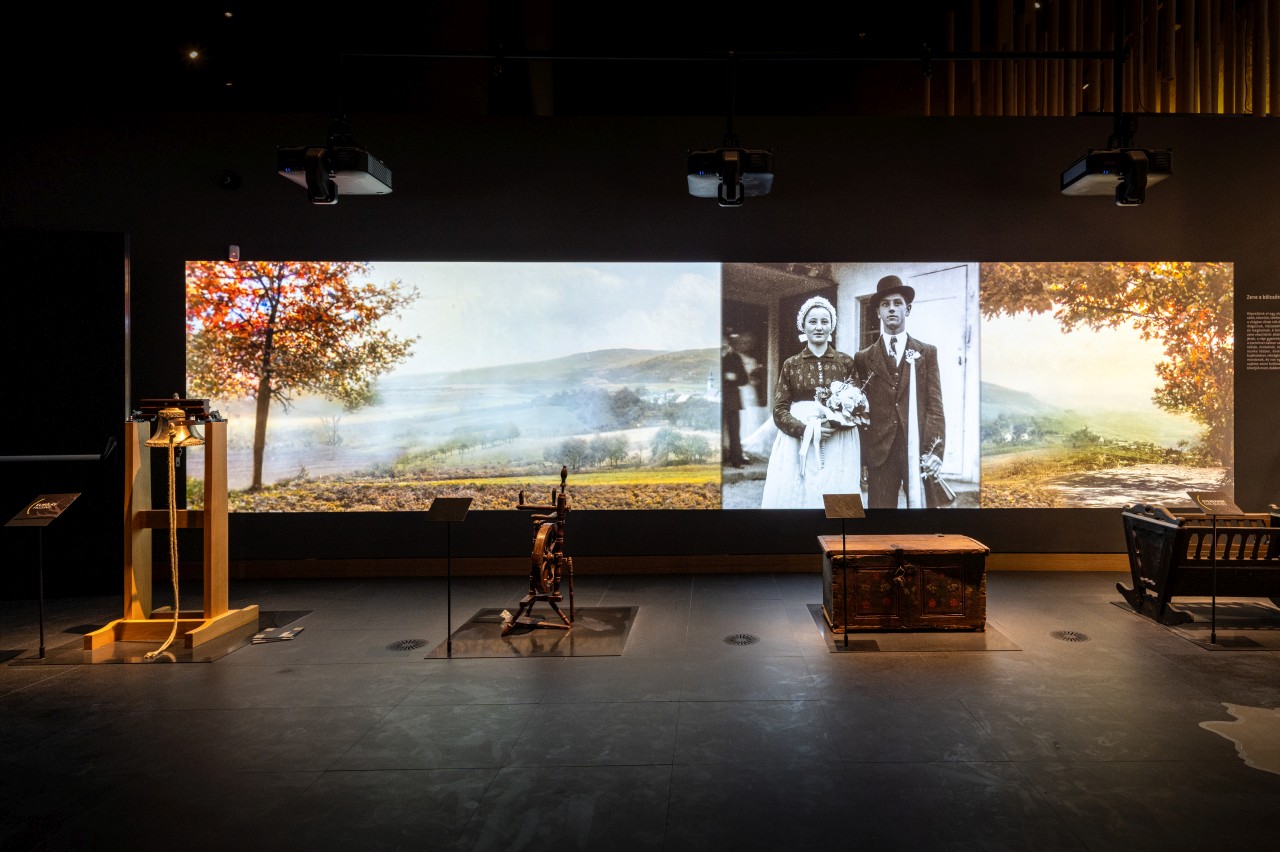
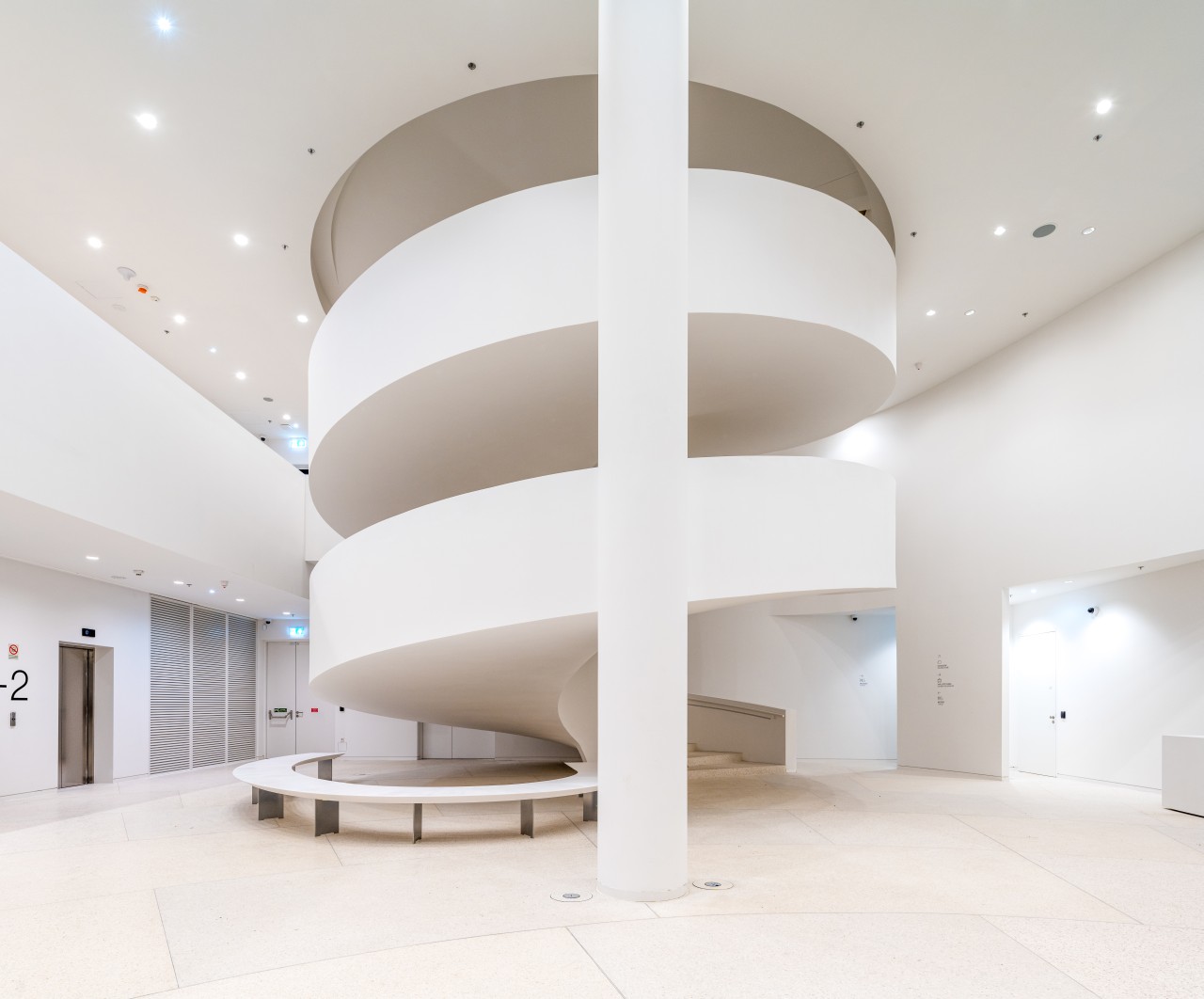
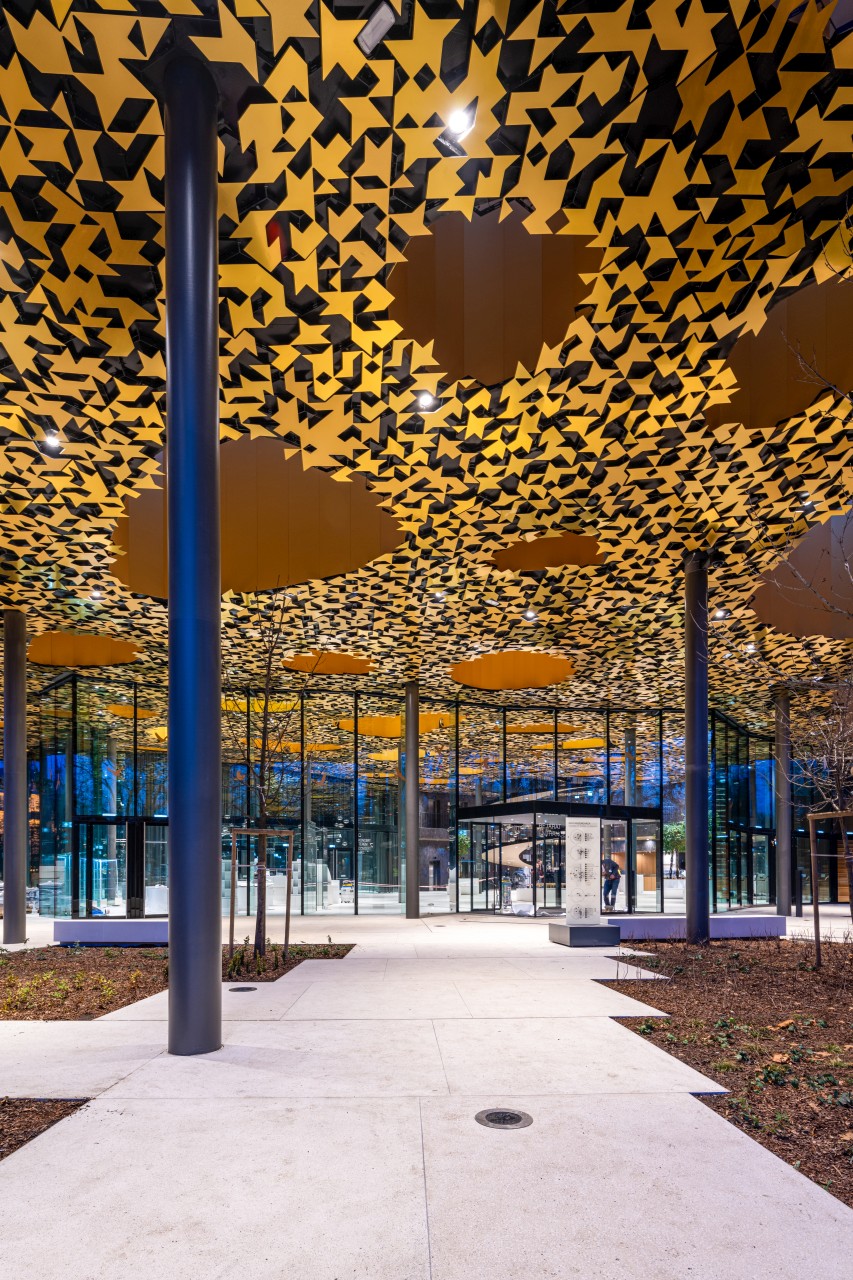
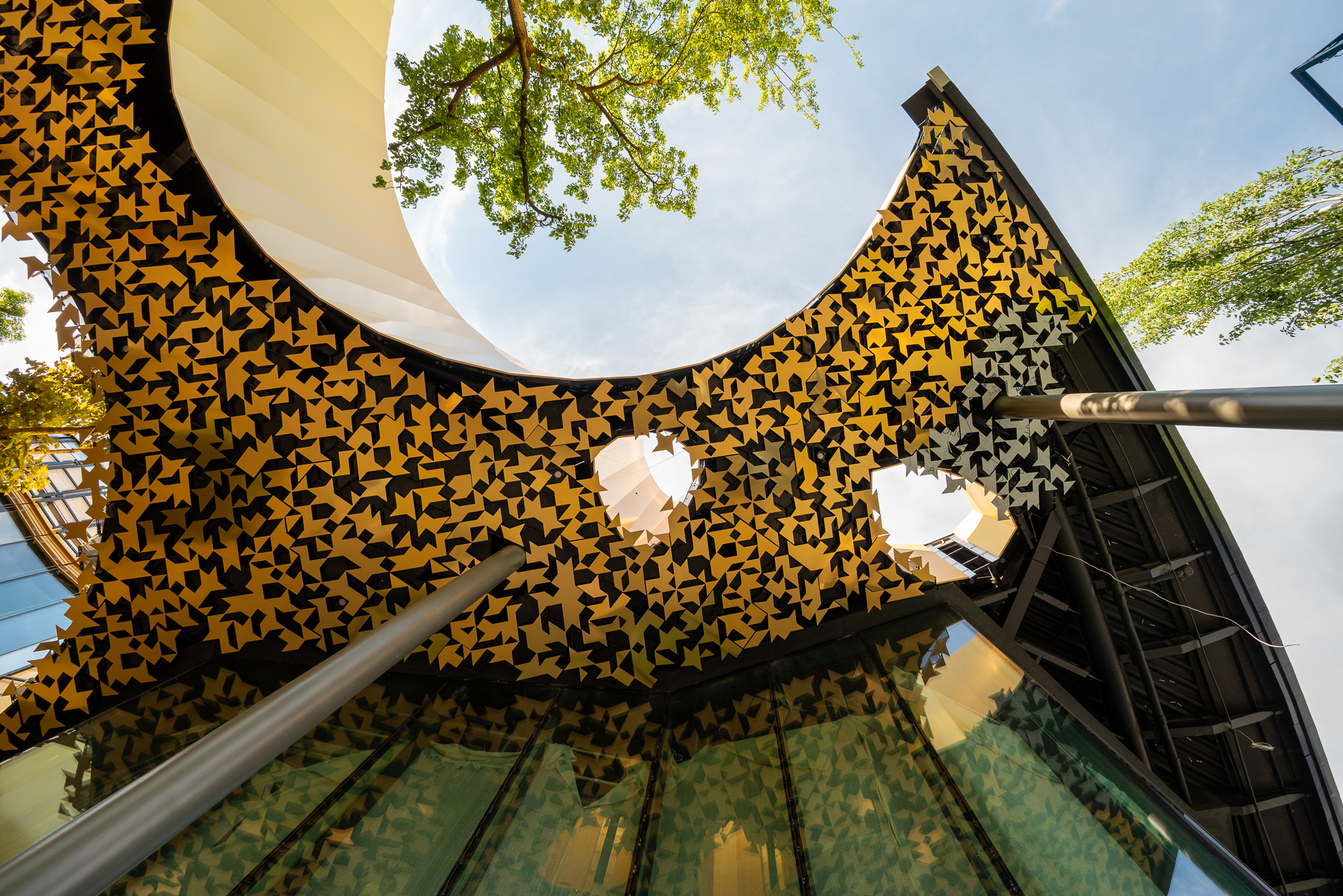
INFORMATION
Wallpaper* Newsletter
Receive our daily digest of inspiration, escapism and design stories from around the world direct to your inbox.
Ellie Stathaki is the Architecture & Environment Director at Wallpaper*. She trained as an architect at the Aristotle University of Thessaloniki in Greece and studied architectural history at the Bartlett in London. Now an established journalist, she has been a member of the Wallpaper* team since 2006, visiting buildings across the globe and interviewing leading architects such as Tadao Ando and Rem Koolhaas. Ellie has also taken part in judging panels, moderated events, curated shows and contributed in books, such as The Contemporary House (Thames & Hudson, 2018), Glenn Sestig Architecture Diary (2020) and House London (2022).
-
 Marylebone restaurant Nina turns up the volume on Italian dining
Marylebone restaurant Nina turns up the volume on Italian diningAt Nina, don’t expect a view of the Amalfi Coast. Do expect pasta, leopard print and industrial chic
By Sofia de la Cruz
-
 Tour the wonderful homes of ‘Casa Mexicana’, an ode to residential architecture in Mexico
Tour the wonderful homes of ‘Casa Mexicana’, an ode to residential architecture in Mexico‘Casa Mexicana’ is a new book celebrating the country’s residential architecture, highlighting its influence across the world
By Ellie Stathaki
-
 Jonathan Anderson is heading to Dior Men
Jonathan Anderson is heading to Dior MenAfter months of speculation, it has been confirmed this morning that Jonathan Anderson, who left Loewe earlier this year, is the successor to Kim Jones at Dior Men
By Jack Moss
-
 Giant rings! Timber futurism! It’s the Osaka Expo 2025
Giant rings! Timber futurism! It’s the Osaka Expo 2025The Osaka Expo 2025 opens its microcosm of experimental architecture, futuristic innovations and optimistic spirit; welcome to our pick of the global event’s design trends and highlights
By Danielle Demetriou
-
 2025 Expo Osaka: Ireland is having a moment in Japan
2025 Expo Osaka: Ireland is having a moment in JapanAt 2025 Expo Osaka, a new sculpture for the Irish pavilion brings together two nations for a harmonious dialogue between place and time, material and form
By Danielle Demetriou
-
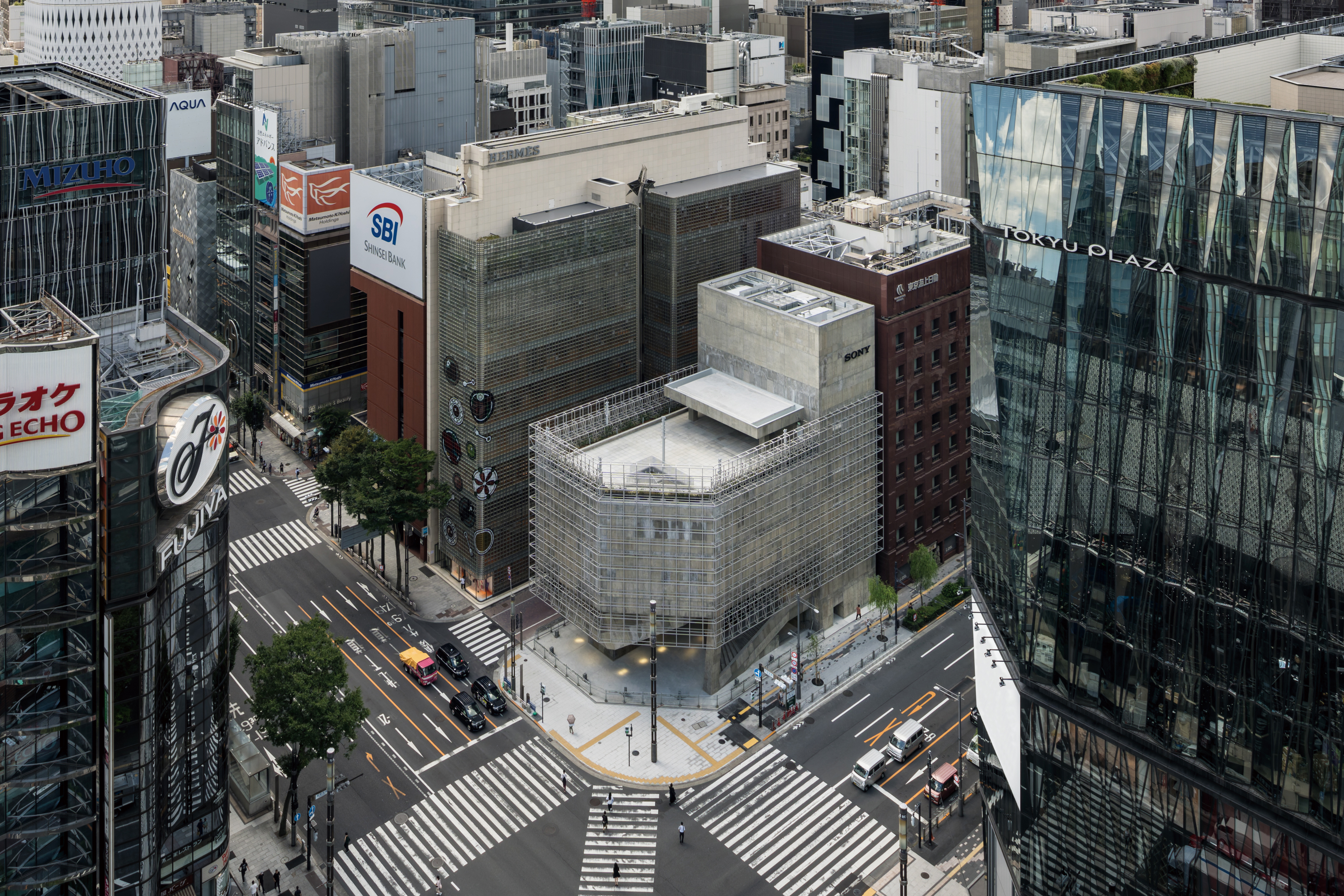 Tour the brutalist Ginza Sony Park, Tokyo's newest urban hub
Tour the brutalist Ginza Sony Park, Tokyo's newest urban hubGinza Sony Park opens in all its brutalist glory, the tech giant’s new building that is designed to embrace the public, offering exhibitions and freely accessible space
By Jens H Jensen
-
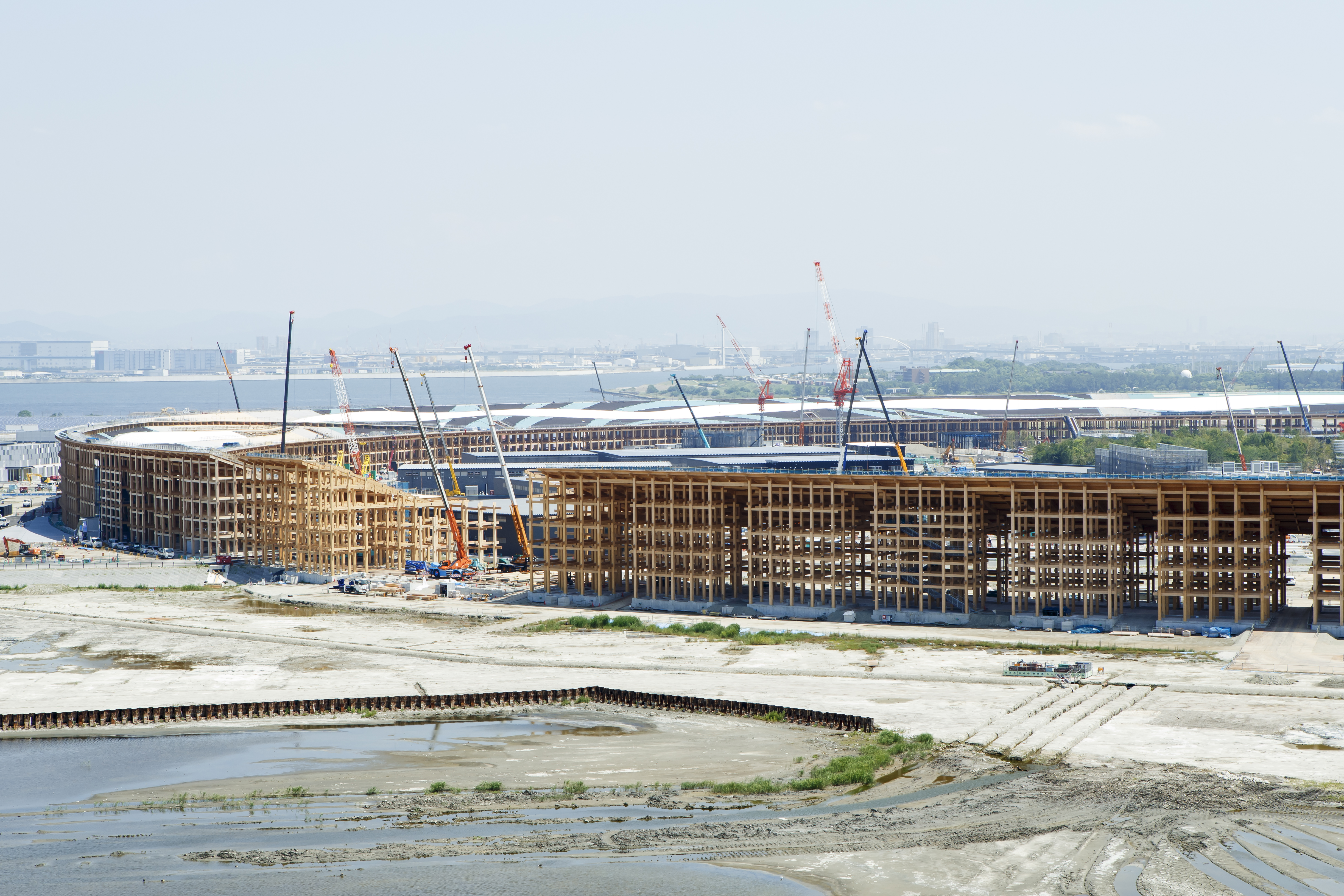 A first look at Expo 2025 Osaka's experimental architecture
A first look at Expo 2025 Osaka's experimental architectureExpo 2025 Osaka prepares to throw open its doors in April; we preview the world festival, its developments and highlights
By Danielle Demetriou
-
 Ten contemporary homes that are pushing the boundaries of architecture
Ten contemporary homes that are pushing the boundaries of architectureA new book detailing 59 visually intriguing and technologically impressive contemporary houses shines a light on how architecture is evolving
By Anna Solomon
-
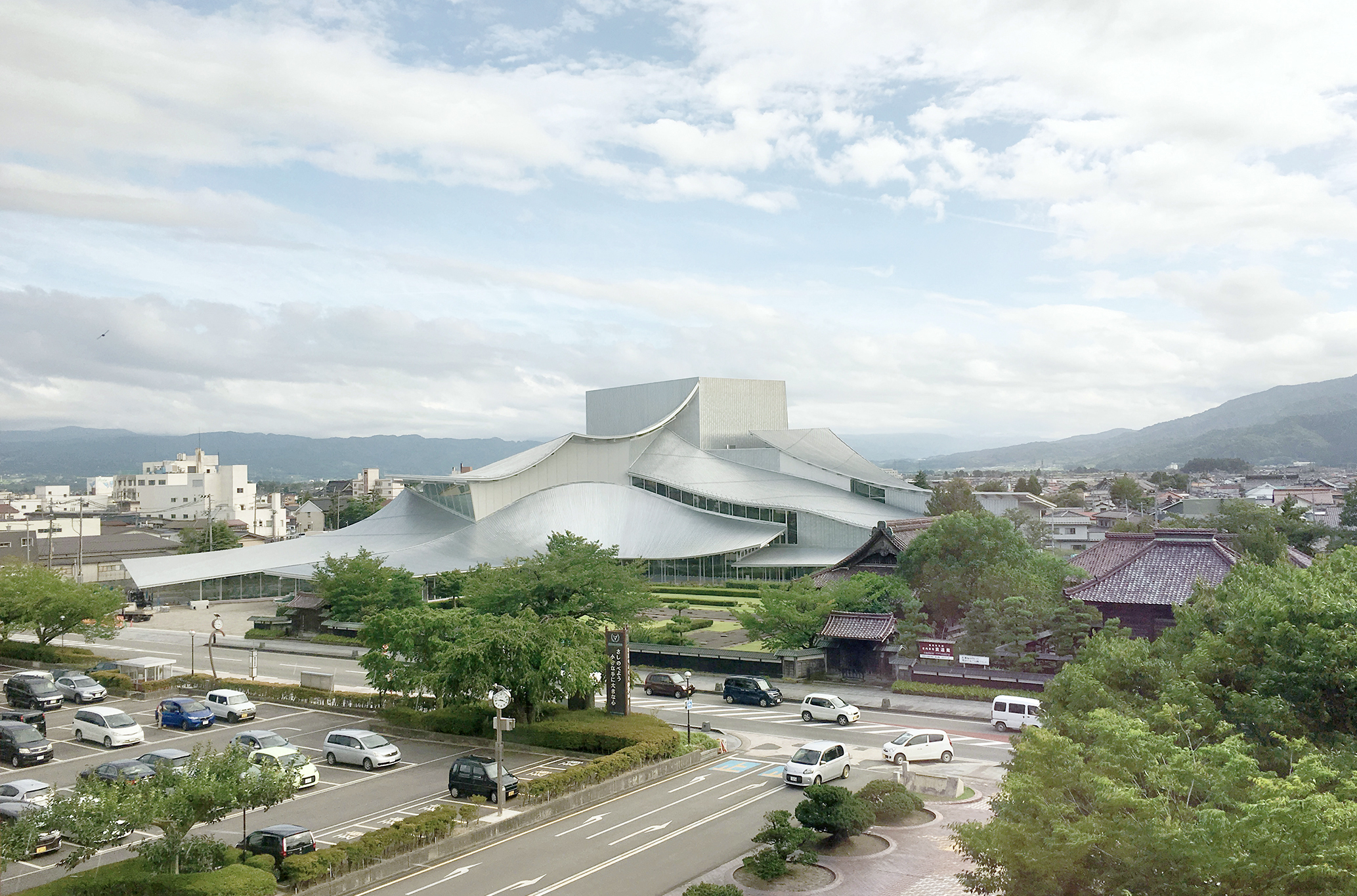 And the RIBA Royal Gold Medal 2025 goes to... SANAA!
And the RIBA Royal Gold Medal 2025 goes to... SANAA!The RIBA Royal Gold Medal 2025 winner is announced – Japanese studio SANAA scoops the prestigious architecture industry accolade
By Ellie Stathaki
-
 Architect Sou Fujimoto explains how the ‘idea of the forest’ is central to everything
Architect Sou Fujimoto explains how the ‘idea of the forest’ is central to everythingSou Fujimoto has been masterminding the upcoming Expo 2025 Osaka for the past five years, as the site’s design producer. To mark the 2025 Wallpaper* Design Awards, the Japanese architect talks to us about 2024, the year ahead, and materiality, nature, diversity and technological advances
By Sou Fujimoto
-
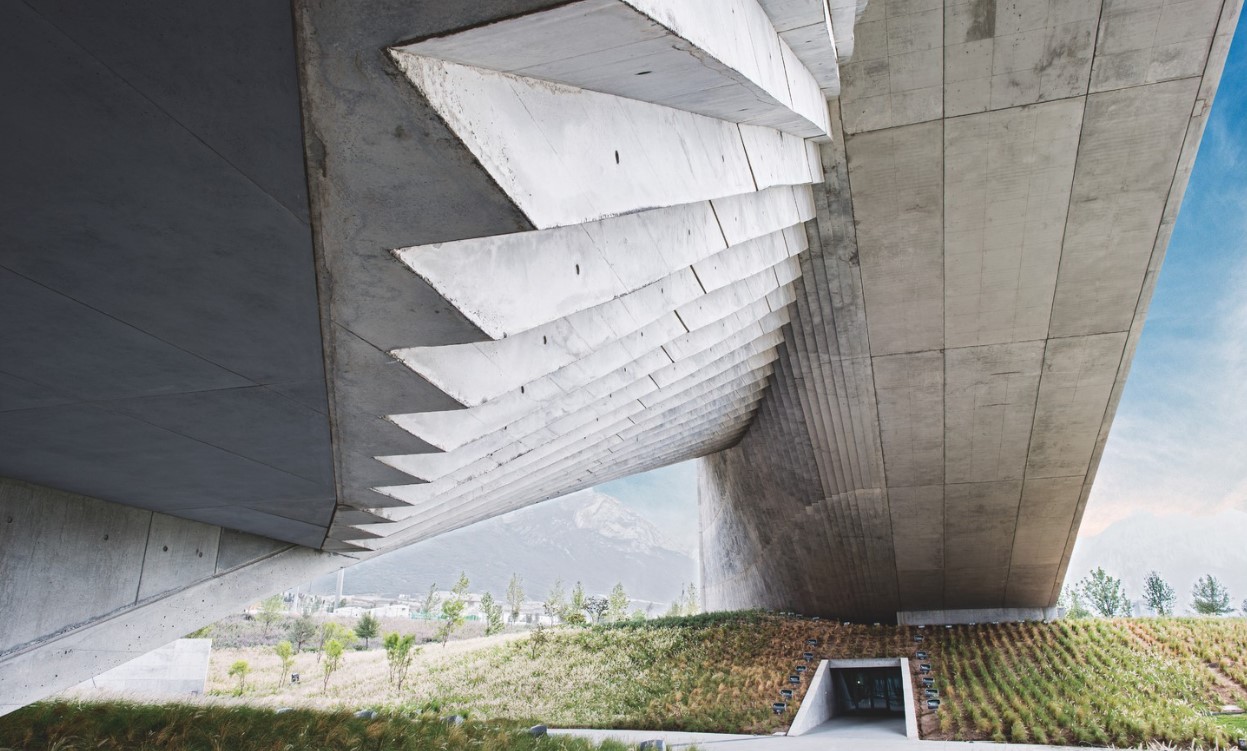 Tadao Ando: the self-taught contemporary architecture master who 'converts feelings into physical form’
Tadao Ando: the self-taught contemporary architecture master who 'converts feelings into physical form’Tadao Ando is a self-taught architect who rose to become one of contemporary architecture's biggest stars. Here, we explore the Japanese master's origins, journey and finest works
By Edwin Heathcote